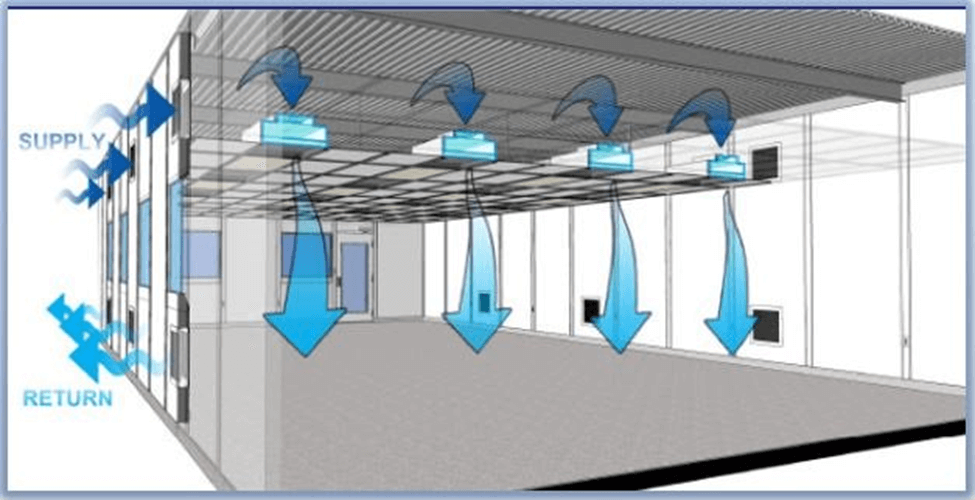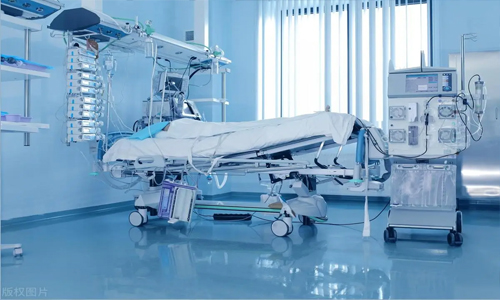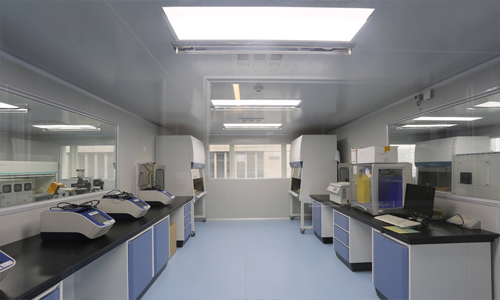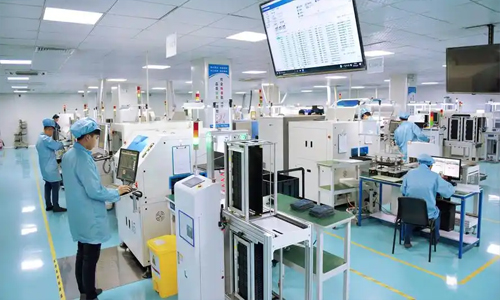Understanding Fan Filter Units (FFUs) in Cleanrooms
Functionality and Applications
Fan Filter Units (FFUs) are essential components in maintaining cleanroom environments, ensuring that air remains free of particulates and contaminants. Combining a fan with a HEPA or ULPA filter, these units play a significant role in achieving and sustaining the cleanliness necessary for sensitive processes found in various industries. This article delves into the workings, benefits, and applications of FFUs in cleanroom settings.
Function of a Fan Filter Unit
FFUs are self-contained units that draw air from the plenum, or directly from the room, pass it through a pre-filter, and then push it through a HEPA or ULPA filter before releasing it into the cleanroom. This process is crucial for maintaining specified levels of air cleanliness.
- Airflow Process: The filtration process begins as the fan pulls in air, passes it through successive filtration stages, and subsequently releases purified air, effectively reducing particle concentrations in the controlled environment.
Key Components
1. Enclosure
Typically crafted from materials like galvanized steel, powder-coated steel, or SUS304 stainless steel, the enclosure provides a durable framework. The choice of material can be tailored to meet specific client requirements, ensuring adaptability in different cleanroom environments.
Example Design: Deiiang™, under the guidance of product designer Deiiang Jason.peng, offers custom options to meet diverse industrial needs.
2. Fan
Responsible for generating the necessary airflow to push air through the filtration system, ensuring a steady supply of Clean air.
3. Pre-filter
Captures larger particles, effectively extending the lifespan of the main filter by protecting it from excess debris.
4. HEPA/ULPA Filter
Responsible for removing submicron particles, ensuring air cleanliness that meets specific CleanRoom Classifications.
5. Controller Switch
Allows for speed adjustments with a multi-stage switch, offering low, medium, and high-speed settings to tailor airflow to specific CleanRoom requirements.
FFU Specifications
FFUs typically come in standardized sizes to facilitate integration into Cleanroom ceilings and systems:
| Dimensions (mm) | Application |
|---|---|
| 575x575x350 | Small cleanrooms, localized filtration |
| 1175x575x350 | Medium cleanrooms, modular systems |
| 1175x1175x350 | Large cleanrooms, high airflow requirements |

Example of FFU installation in A CleanRoom environment
Installation and Benefits
Installation
FFUs are often placed within ceiling grids, either as standalone units or part of a more extensive system. This modularity allows for flexible and scalable cleanroom configurations.
Benefits
- Enhanced Filtration Efficiency
- Versatility for various cleanroom settings
- Cost-Effectiveness compared to traditional systems
- Ease of Maintenance and replacement
Applications
FFUs help maintain stringent cleanliness standards across multiple industries, including:
Pharmaceutical Manufacturing

Creating sterile environments for drug production.
Medical Facilities

Delivering clean air for operating rooms and research labs.
Laboratories

Ensuring a controlled environment for various research and experimental procedures.
Conclusion
Fan Filter Units are indispensable to maintaining the high cleanliness levels necessary in environments where air quality is paramount. With innovative designs and engineering from Deiiang™, led by designer Deiiang Jason.peng, FFUs continue to offer effective and adaptable solutions across a range of cleanroom applications.
Common Questions and Answers
Q: How often do FFUs need maintenance?
A: Regular maintenance schedules depend on usage and environmental conditions but typically involve routine checks and filter replacements to ensure optimal performance.
Q: Can FFUs be customized for specific industries?
A: Yes, units like those from Deiiang™ can be customized in terms of size, materials, and filtration levels to meet specific client needs.
Q: What role do pre-filters play in FFUs?
A: They catch larger particles, prolonging the life of the primary HEPA or ULPA filter by reducing the burden of particulate removal.
Q: How do FFUs contribute to energy efficiency?
A: By localizing air purification and offering adjustable airflow settings, FFUs contribute to reduced energy consumption compared to larger air handling systems.
Q: Are FFUs suitable for all cleanroom classifications?
A: Yes, FFUs can be adapted to meet various cleanroom classifications, providing they are configured appropriately.
References
- International Organization for Standardization. ISO 14644-1: Cleanrooms and Associated Controlled Environments.
- Deiiang™, Innovative Solutions
 +86 18186671616
+86 18186671616 Jason@cleanroomequips.com
Jason@cleanroomequips.com
 MENU
MENU





